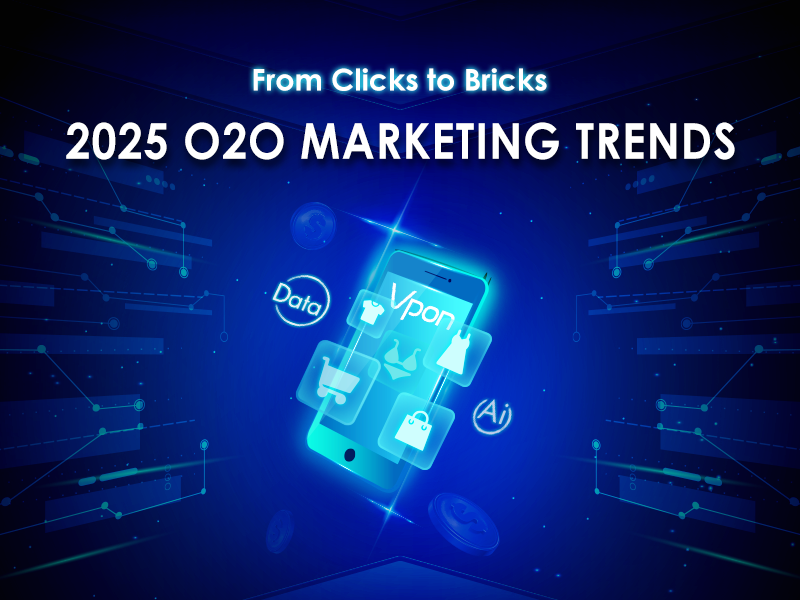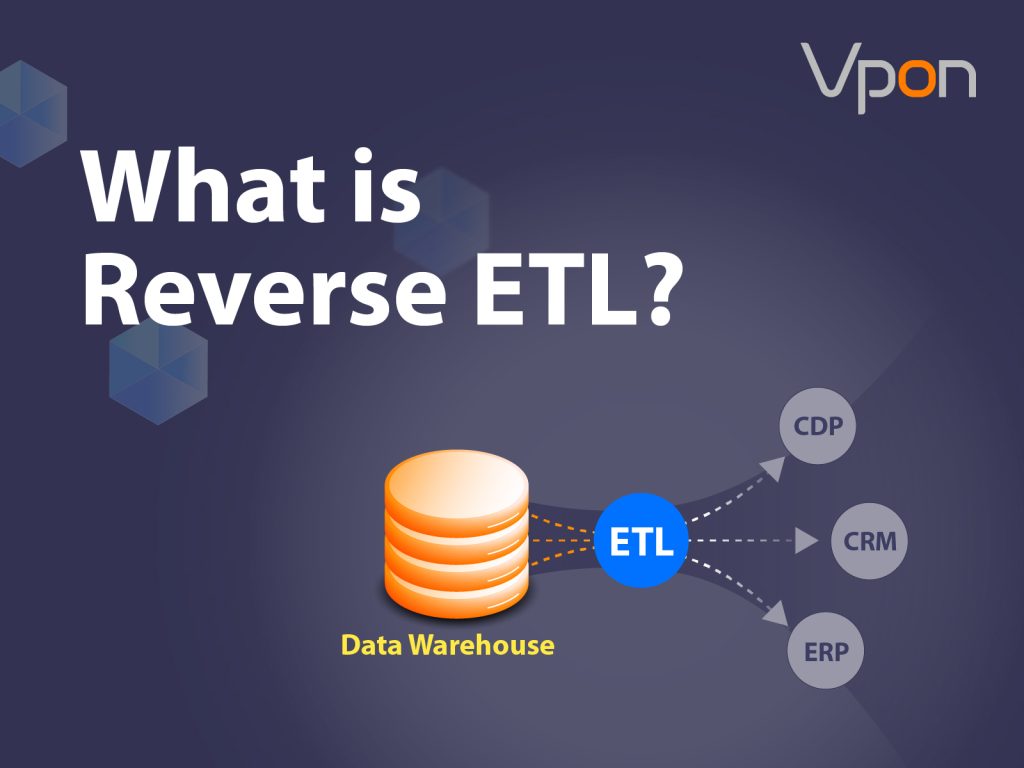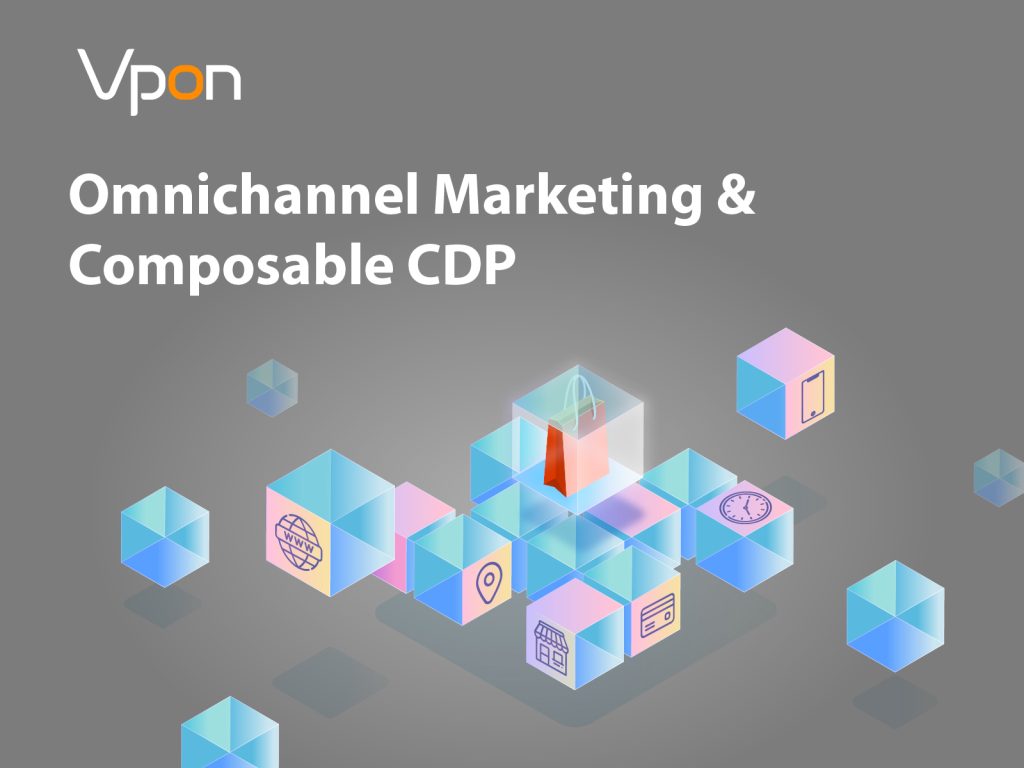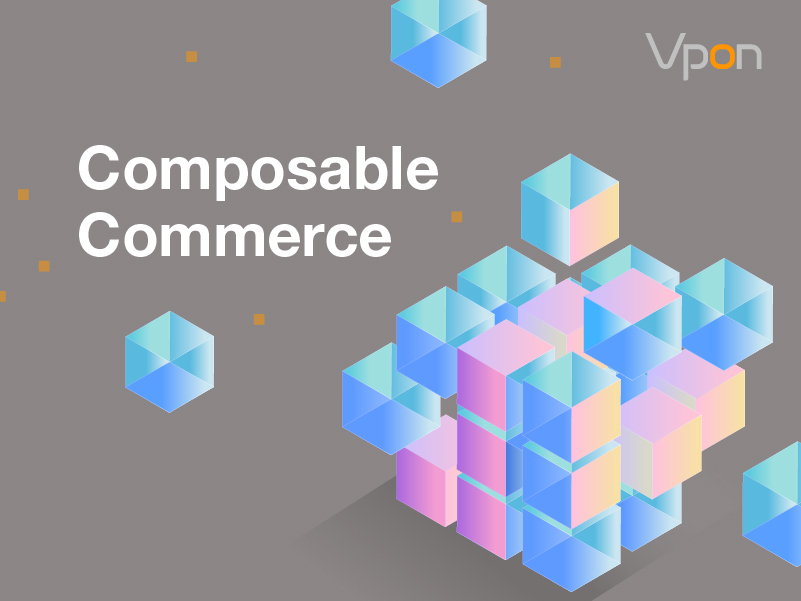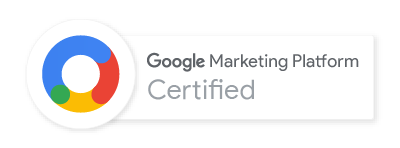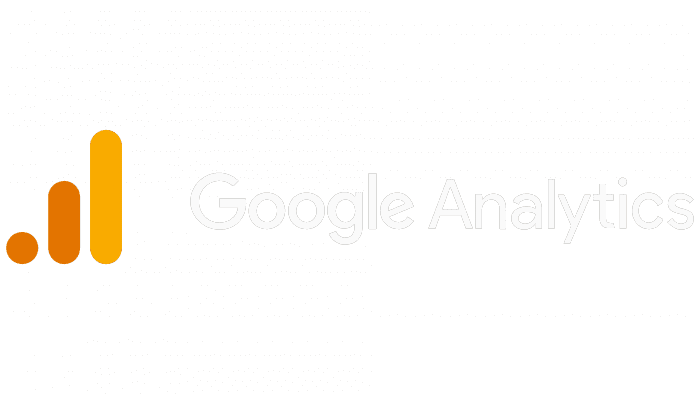As digital and physical worlds merge, brand–consumer interactions are rapidly evolving. Online-to-Offline (O2O) marketing is no longer optional, it’s now essential for business success. In our previous article ‘Unlocking the O2O Marketing Journey’, we covered the basics of O2O and how it works. This article goes further, exploring how O2O is expanding across industries and what trends are driving its future.
Table of Contents
What is Online to Offline Marketing?
Online-to-Offline (O2O) commerce connects digital efforts with real-world customer actions, like clicking an ad and redeeming a promo in-store. It’s a hybrid strategy connecting digital engagement with real-world action, bringing the customer journey full circle. Today we will example how O2O marketing for small and big businesses works.
In 2025, this hybrid approach isn’t just a bonus, it’s what customers expect. People move fluidly between digital and physical spaces. For example they might see your brand on Instagram, compare prices on your website, then walk into your store to make a purchase. O2O marketing is about driving customer actions from one channel to another most commonly from digital touchpoints (ads, social media, websites) to physical touchpoints (stores, retail shops, events). Whether someone’s browsing on their phone at 2 a.m. or passing by your shop during lunch, O2O ensures you show up where and when it matters most. In this article we will explore the importance of O2O marketing for businesses today.
How Post-Pandemic Consumer Shifts Accelerated O2O Adoption?
The pandemic changed how businesses did operations and customer service. Due to lockdowns and closures, traditional retail stores had to make changes to their business strategies. Companies had to pivot and adapt digital tools and O2O strategies such as curbside pickup and contactless payments, to stay alive.
As a result, customers now value flexibility, convenience, and seamless experiences from online to offline channels. As brands blend digital and physical shopping into one smooth journey this could be a very important metric to show whether a business will succeed or fail. O2O is now the standard, and it’s here to stay.
Why O2O Matters for Your Business?
Key Benefits of O2O Business Model
O2O brings real value to businesses. With tools like coupon codes, QR scans, and loyalty programs, brands can clearly track how online efforts lead to in-store sales, helping them spend budgets more wisely and improve campaign performance. Connecting online and offline data also boosts personalization. For example, brands can follow up with emails to customers who showed interest but didn’t buy, increasing the chance of conversion.
Consistent experiences across digital and physical channels build trust. Whether through a smooth app or fast in-store service, customers appreciate brands feeling reliable at every touchpoint. O2O also improves convenience with features like BOPIS (Buy Online, Pick Up In Store) and inventory checks saving time and reducing uncertainty.
With flexible fulfillment and more personalized support, O2O gives brands an edge, making it a key driver for better service and long-term growth.
Industries Going O2O: Not Just Retail
-
Restaurants are pulling app users into physical locations. Think loyalty points, push notifications with lunchtime deals, or mobile menus syncing with dine-in preferences.
-
Healthcare offers online scheduling with in-person care. Patients can pre-fill forms at home, get reminders via text, and receive post-visit follow-ups digitally.
-
Real estate uses virtual tours turning into in-person visits. Brokers now offer immersive AR experiences helping buyers visualize homes before setting foot inside.
-
Gyms and fitness brands offer hybrid models mixing classes and on-site training. A member might attend live classes during the week and pop into the studio on weekends.
-
Even education, automotive, banking, and more are integrating O2O principles. Because when you make it easier for people to engage, on their terms, they’re more likely to stick around.
Real Life O2O Marketing Strategies Driving Results Across Industries
As the line between digital and physical disappears, O2O becomes the standard marketing mindset and not just a tactic. When done right, it turns fragmented experiences into fluid journeys feeling intuitive and personal. Getting clicks is important, but what really counts is driving real-world results.
Let’s use this example to help clarify:
A local boutique runs a Facebook ad for limited-time items. People who click get a QR code to scan at checkout. This results in more foot traffic, more email leads, and increased revenue. But it doesn’t stop there. Restaurants run Instagram polls translating to custom in-person menu items. Auto dealerships offer at-home test drive bookings leading to showroom visits. O2O isn’t flashy. It’s functional. Here are some effective strategies used in O2O Marketing.
Beyond these examples, many brands are enhancing O2O strategies across the full customer journey, from discovery to in-store conversion.
Retail Media Networks let brands advertise on partner sites and track store visits. Hyperlocal targeting sends nearby offers using location data. Data personalization connects online and offline behaviors to deliver more relevant messages. Click-and-Collect adds convenience while increasing store traffic. Livestreams with exclusive in-store deals turn followers into customers. QR codes link print ads to landing pages, while geofencing and loyalty programs create a smooth, connected experience across channels.
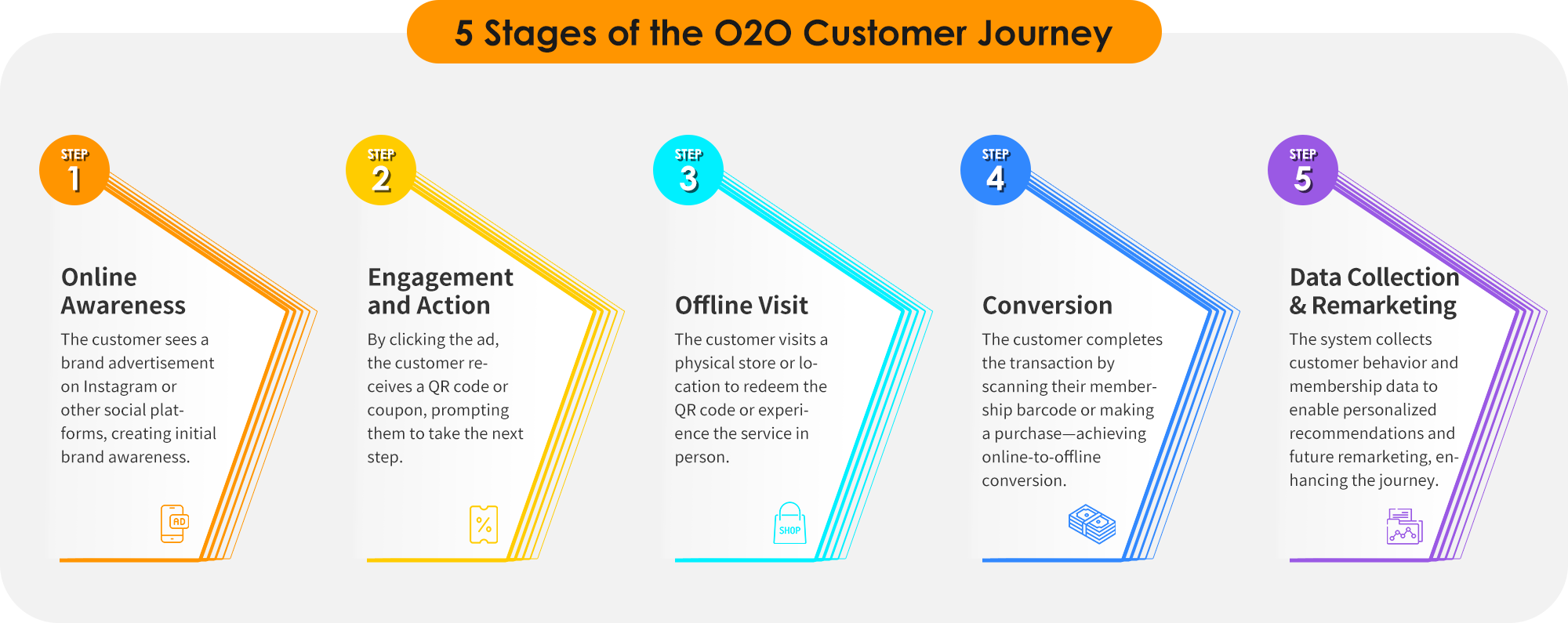
What’s Next: O2O Trends Shaping the Future
Future O2O Marketing Trends to Watch for in 2025
As O2O becomes the norm, businesses are moving from using tools to improving the full customer experience. The future of O2O isn’t just about getting people into stores, it’s about using AI, personalization, and smart tech to create seamless, connected journeys. The next stage will focus on data-driven automation, better engagement, and bridging online-offline gaps.
According to our insights and the report from Shopify, O2O is entering a smarter, AI-powered era. Voice assistants now help customers check store info, book services, or place orders hands-free. Push notifications are becoming more personalized, triggered by real-time behavior and location. Click-and-Collect now updates and includes live order updates and wait time alerts. AR tools let people try products virtually, reducing uncertainty and returns. Loyalty programs are also evolving, rewarding customers based on browsing, purchases, social activity, and store visits.
All of these shifts show O2O is moving into a new phase, one driven by data and focused on experience, helping brands build stronger relationships and fuel long-term growth.
Achieve O2O Growth in 2025: Vpon’s Solution
Looking to create more growth with an O2O strategy? Vpon’s solution for smart marketing brands aiming for O2O (Online-to-Offline) growth is built on AI-driven big data analytics, comprehensive data integration, and precise targeting strategies bridging online (digital) and offline (physical) consumer experiences.
Vpon’s O2O Solution integrates AI and big data to provide a 360-degree view of customer behavior, and enables brands to deliver highly personalized and efficient marketing. By combining first-party data with Asia’s largest consumer and footfall datasets, Vpon uses advanced AI analytics to predict needs and generate personalized recommendations in every interaction.
Through precise audience targeting, location-based services, and deep persona analysis, brands can reach relevant users near physical stores and unlock new customer segments. Its AI-powered campaign management automates ad delivery and optimization, while real-time dashboards offer actionable insights. Offline conversion tracking and the PDCA (Plan-Do-Check-Act) cycle ensure campaigns are continuously refined for better results.
In a recent campaign for Nina Hub, Vpon used a specific targeted marketing strategy helping the brand effectively boost foot traffic, and transforming footfall data into actionable insights. Vpon successfully integrated programmatic DOOH with mobile advertising and through 4 strategic phases in this O2O strategy campaign. Achieving 6.4x in click to visit rates and a 3x higher conversion rate among the users exposed to both digital and out of home ads.
Key performance drivers in this campaign included targeting peak dining hours, using lifestyle focused content, and integrating both online and offline engagement across customer touchpoints. Explore the full case study, contact us now.
Key Takeaways of O2O Trends
- O2O aligns digital efforts with offline actions and vice versa.
- Customers expect a seamless experience.
- Personalization, convenience, and trust are key benefits.
- Pandemic sparked businesses to adapt and adopt O2O strategies to stay relevant.
- Integration challenges can be solved by working with professional O2O business solutions like Vpon.
In 2025, O2O is a marketing must-have not a nice-to-have. If your company wants to stay relevant and competitive today is the time to start developing your Online to Offline marketing strategy. If you are looking for a data marketing company to help you, or if you have more questions on O2O marketing, Vpon can help you with step by step strategies to integrate a solid O2O model or marketing strategy today. Get in touch with our expert O2O marketing strategy consultants today.
